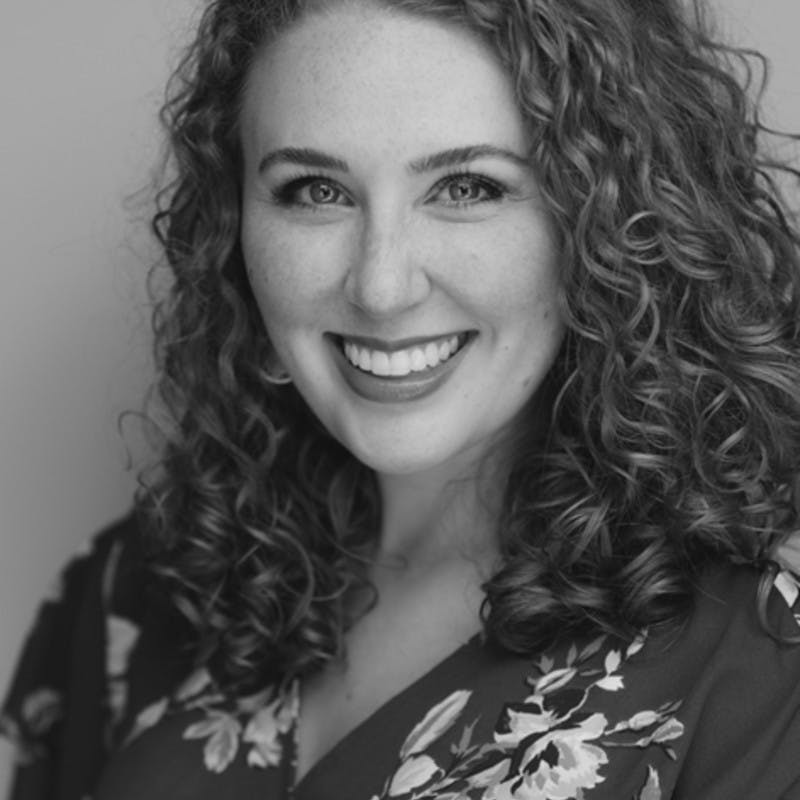“Placement.” It’s a word singers love to use. I’d say it’s right up there with “breath control”, as one of the terms singers use most often!
But what is placement? And how do we actually find the “placement” we’re looking for?
Shooting hoops—what leads to good placement?
Let’s compare vocal placement to shooting a basketball. (Go with me on this!)
When an athlete is shooting hoops, you know they’ve made a decent shot if the ball goes into the basket. If the ball misses the hoop, the athlete needs to figure out what they did wrong so they can adjust their next shot for a better result.
The result of a good shot is that it lands in the hoop. But the ball landing in the hoop is just that, a result! The specific act of the ball landing in the hoop is not the work of the athlete. The athlete’s work happens right before the ball goes through the hoop—it’s when the player coordinates their wrists, legs, and core to ensure the ball leaves their fingers and goes where they want it.
You can throw the ball and affect whether or not it goes in the basket, but you don’t actually put it (or place it) in the basket! (Unless you’re dunking the ball, but let’s leave that out for the sake of this analogy since we’re talking about shooting it from a distance.)
Placement is a helpful tool of perception
For us singers, the idea of placement is similar. Talking about placement can be helpful for singers to remember a feeling or sensation, but it’s even more important to remember the process that led you there.
Chances are, something related to the three systems of singing (breathing, phonation, and resonance) is what’s leading you to feel that a sound is “placed” in a particular spot. This may include certain exercise flows, phrasing choices, vowel shapes, or dynamics that may have resulted in that awesome feeling you experienced on a particular note.
To be clear, it’s the choices you make that affect placement; you don’t just choose placement itself. Placement is an effect of the choices you make within your airflow, phonation (how heavy or light), and vowel shapes.
So the next time you feel like a sound is “placed” somewhere that you like or that feels awesome, remember what the process was that led you there!
Pinpointing this process is a much more effective way to increase the accuracy of your singing rather than crossing your fingers and hoping that you can place your sound in your mask—or your forehead—or your toes!








